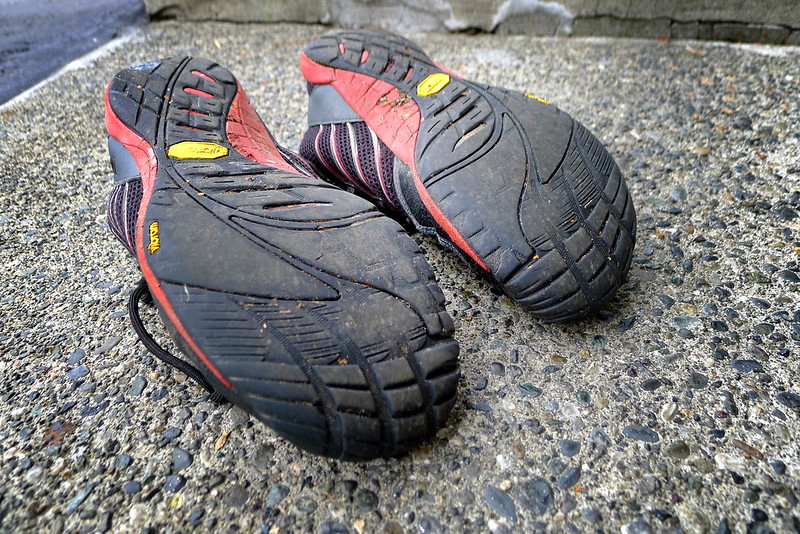Leaving Twitter Behind
The web has been moving more and more towards a centralized structure. Services like Twitter, Facebook, Google and Flickr are all examples of this. To me, it is a disturbing trend. It’s bad for the internet as a whole, and on a more personal level is damaging to individual liberty and freedom. Lately, I’ve been making a stronger effort to forgo these services.
During the year that I took off from blogging, I maintained a steady presence on Twitter. When I decided to relaunch my blog, I knew I wanted to integrate Twitter-like microblogging into the site somehow. Looking over my Twitter history, it was clear that I was predominately using the service for one thing: sharing links. There’s no reason that I couldn’t do that on my blog. In fact, some of the earliest web logs were simply lists of interesting links.
I rarely participate in conversations on Twitter. I find it to be a horrible medium for that. Conversations that begin with microblog posts can be handled with any blog comment software (and I think the resulting experience is much improved over what Twitter can offer). If you use Twitter to contact people and start conversations, a blog probably won’t work for you. (But there’s a great distributed social networking platform out there that you might want to look into. It’s called email.)
Initially I considered adding a new model to vellum for microposts. When I thought about what a micropost is and what I wanted to do with them, I decided that modifying vellum was unnecessary. I’ve seen some people claim that microposts don’t have titles, but I think that’s incorrect: the primary content is the title. In addition to the title, the micropost needs a place to include the URL that is being shared. Why not just put that in the post body? The URL can simply be pasted into the field, ala Twitter, or included as an anchor tag contained within a new sentence. All that I needed was to uniquely style the microposts.
I decided to place all microposts in a new micro category. Posts in that category are then styled differently. This allows the user to quickly differentiate these short microposts from the more traditional, long-form articles. It also helps to represent the relationship of the title and the rest of the post.
With this in place, I no longer had a need for Twitter, but I still wanted to feed all of my posts into the service. I know some people use Twitter as a sort of weird feed reader, and I have no problem pumping a copy of my data into centralized services. As it turns out, there are a number of services out there that will monitor a feed and post the results to services like Twitter. I started out with FeedBurner, but this seemed like overkill as I had no intention of utilizing the other FeedBurner offerings (giving up control of the namespace of your feed is another instance of the craziness associated with the move to a centralized web). After some brief experimentation, I settled on dlvr.it.
This accomplishes everything that I was looking for. All of my blog posts, micro or not, are now on my blog (fancy that). I retain ownership and control of all my data. Everything is archived and searchable. I’m not depending on some fickle, centralized service to shorten the links that I’m trying to share. People who want to follow my updates can subscribe to my feed in their feed reader of choice. My activity can still be followed in Twitter, but I don’t have any active participation in that service.
I’ve found that not attempting to restrain myself to a character limit is like a breath of fresh air. Previously I was able to share links only. There was little-to-no space left over for commentary. Now I can include my thoughts about the link being shared, whether it be a book that I’m reading or a news article that piques my interest. This is more satisfying to me, and I think results in a more meaningful experience for those who are interested in my thoughts.
Since moving to this system, I’ve only launched my Twitter client two or three times. I’ve found that I don’t miss the stream. I never followed too many people on Twitter. Many of those whom I did follow maintain some sort of blog with a feed that I subscribe to. Some don’t. That’s unfortunate, but if your online presence exists solely within a walled garden, I’m ok with not following you.

